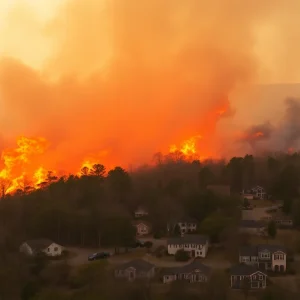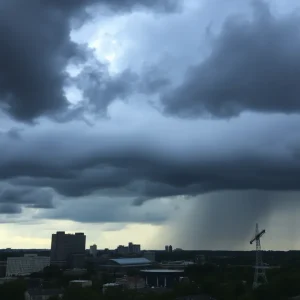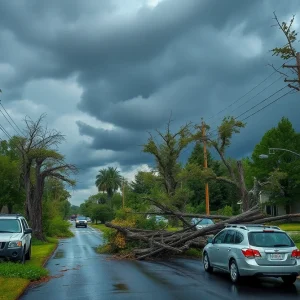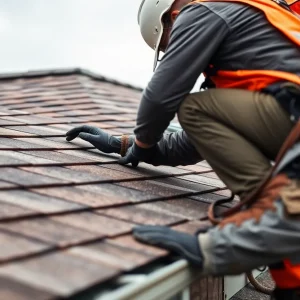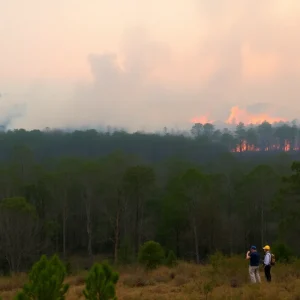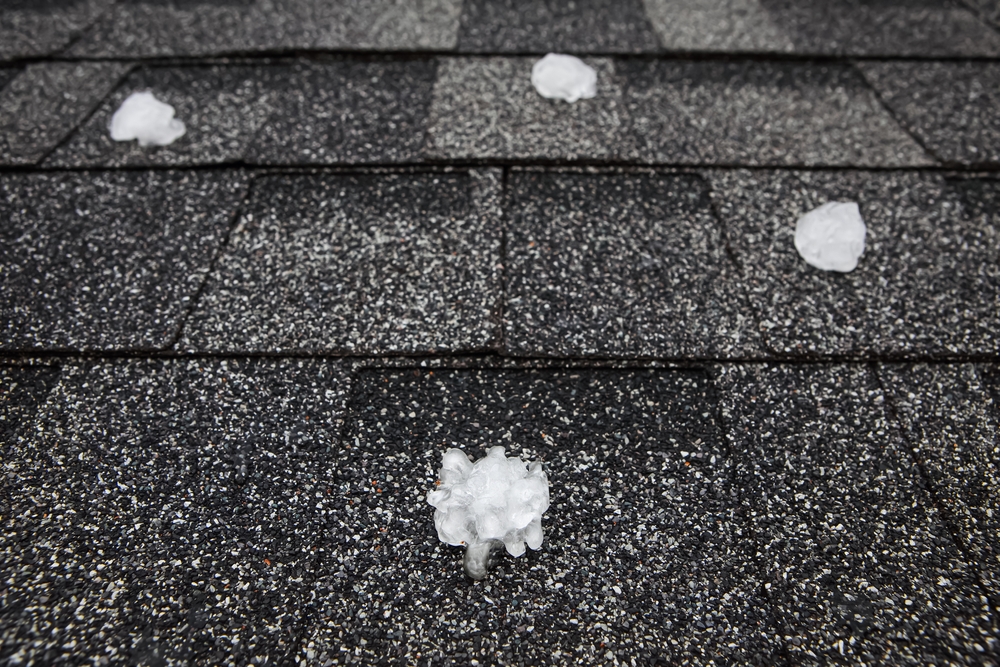
How to Identify Hail Damage on Your Roof in Hilton Head, SC
Hilton Head, SC, is no stranger to unpredictable weather, including hailstorms that can severely impact your roof. Detecting hail damage early is essential to preventing issues such as water leaks, mold, and structural deterioration. This guide will show you how to inspect for hail damage, helping you protect your home and avoid costly repairs.
1. Inspect Your Roof Safely from the Ground
Before you consider getting on a ladder, start by performing a visual inspection from the ground. Using binoculars, scan the roof for common signs of hail damage. Here’s what to look for:
- Visible dents: Check the metal flashing, vents, or gutters for noticeable dents or dings from hail impact.
- Granule loss: Look for dark patches on asphalt shingles, indicating granule loss which weakens the shingles’ protection.
2. Examine Shingles for Damage
If you’re comfortable using a ladder, take a closer look at the shingles on your roof. The following issues are common signs of hail damage:
- Bruised shingles: Gently run your hand over the surface of shingles to feel for soft spots or dimples, which could be signs of hail bruising beneath the surface.
- Cracks and splits: Cracked or split shingles are clear evidence of damage, which could lead to future leaks if not addressed.
- Granule accumulation: Check your gutters and downspouts for excessive granule buildup. This can indicate that hail has stripped the protective layer from your shingles.
3. Check Roof Fixtures for Hail Impact
Hail can damage more than just your shingles. Examine the following roof fixtures for any signs of impact:
- Gutters and downspouts: Look for dents, dings, or granule buildup that may signal hail damage.
- Skylights: Check for cracks or chips in the glass, as hail can cause severe damage to skylights.
- Vents and chimneys: Inspect vents and chimney components for dents, cracks, or displacement caused by hail.
4. Inspect Your Attic for Hidden Damage
Sometimes, damage is more visible from inside your home. Go into your attic and check for these common signs of hail-related issues:
- Leaks or water stains: Water spots on the ceiling or walls of your attic could indicate that hail has caused roof damage leading to leaks.
- Light penetration: If sunlight is coming through cracks or holes, hail may have caused serious damage to your roof.
5. Look for Secondary Damage from Hailstorms
Secondary damage can often be an indicator of deeper roofing issues caused by hail. Be on the lookout for:
- Mold or mildew: Continuous moisture in your attic or roof structure may suggest hidden leaks resulting from hail damage.
- Warped or buckled shingles: Water damage following hail impact can cause shingles to warp or buckle, compromising the roof’s integrity.
6. Hire a Hilton Head Roofing Professional for an Inspection
While a DIY inspection can catch obvious signs, a professional roofing contractor in Hilton Head, SC, will have the tools and expertise to perform a thorough inspection. They can assess the extent of hail damage, even the subtle issues that a homeowner might miss. A professional roofer can provide you with a detailed damage report, offer repair estimates, and help you avoid further damage by scheduling timely repairs.
Hiring a local roofer ensures you’re working with someone who understands the unique weather patterns in Hilton Head and how they affect homes in the area.
7. Filing an Insurance Claim for Roof Damage
If you suspect your roof has been damaged by hail, contact your homeowner’s insurance provider. Most home insurance policies in Hilton Head, SC, cover hail damage, but they will require an official inspection from an adjuster to process your claim. Here’s how to prepare:
- Document damage: Take clear photos and notes of all visible hail damage to your roof and home.
- Provide detailed descriptions: Include dates, times, and descriptions for each piece of evidence to strengthen your insurance claim.
A professional roofing inspection report can be a valuable asset during this process, helping you maximize your claim and ensure that all necessary repairs are covered.
Conclusion
Hail damage is often deceptive, lurking beneath the surface of shingles and other roof components. Regular inspections, especially after severe weather in Hilton Head, SC, are crucial to maintaining the strength and durability of your roof. By identifying potential damage early, you can avoid costly repairs and ensure your home stays protected.
When in doubt, trust a local roofing expert for a comprehensive inspection. Staying proactive will help you maintain a safe and secure roof, even in the aftermath of Hilton Head’s unpredictable hailstorms.
Contact Mays Roofing & Contracting in Hilton Head, SC
For professional roofing inspections and repairs in Hilton Head, SC, reach out to Mays Roofing & Contracting:
- Website: www.mayscontracting.com
- Email: service@mayscontracting.com
- Phone: 803-276-6990
- Read more about their services in Hilton Head here: Mays Roofing & Contracting


